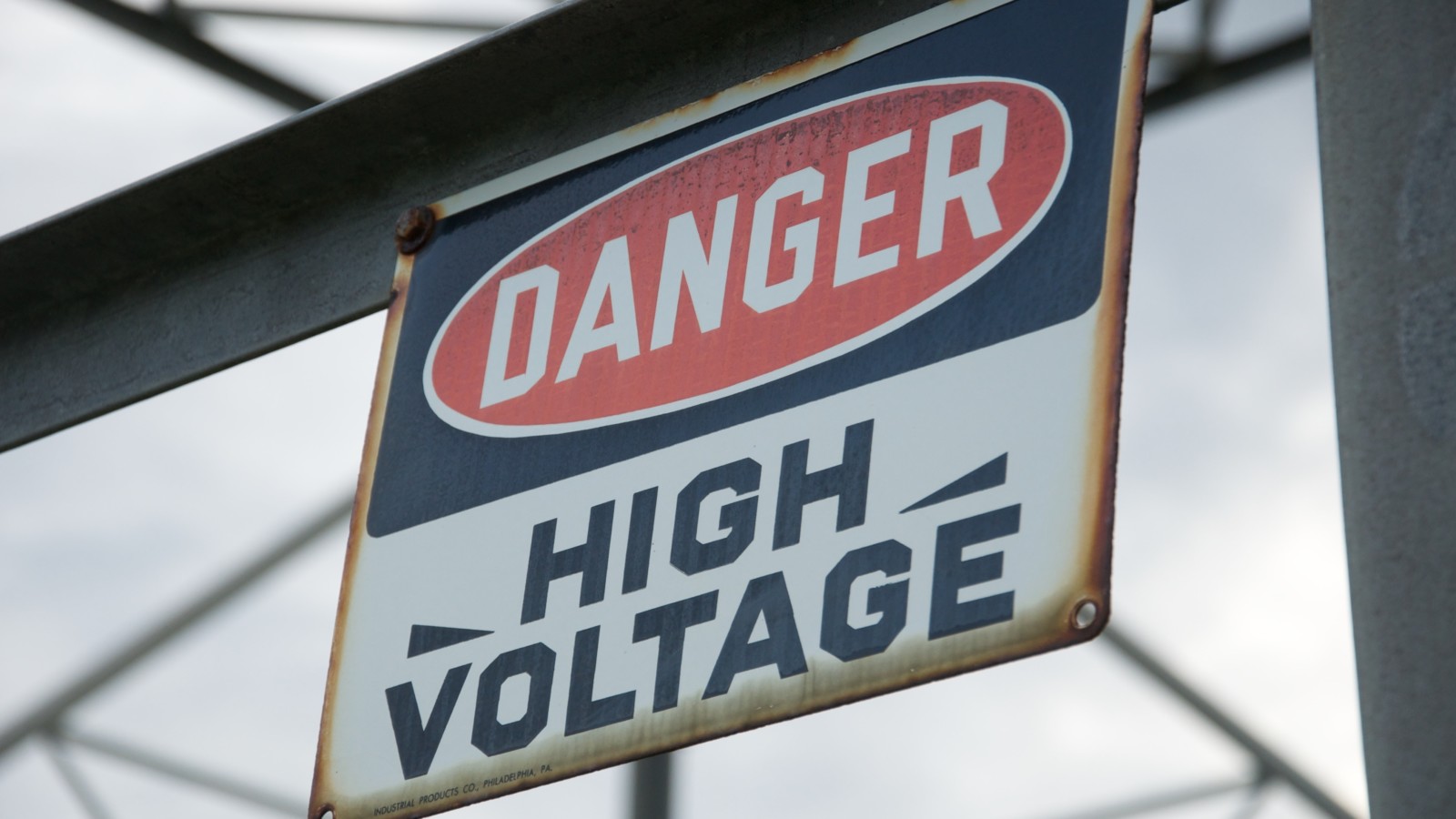One of the most common missteps that many professionals make, often out of sheer instinct, is speaking in the red zone. In communication, the red zone refers to the highest level of vocabulary and word choice. Essentially, it describes the tendency to use rare and complex wording during interactions. The problem that arises from this phenomenon is that the communication itself borders on being unintelligible or incoherent. More on this in a moment.
So, why do so many individuals tend to communicate in the red zone?
Natural explanation
The answer lies in flawed human logic. There is a natural human tendency to equate vocabulary level with intelligence. For example, when we hear an expert sprinkling in specialized terms to describe their analysis of a situation, our minds will make the connection between the language used and expertise. Take Elon Musk for example, describing his reasoning behind the design of the latest Tesla vehicle. This cognitive connection that we establish leads many individuals to reach for the highest level of language they can utilize when delivering a presentation, leading a meeting, etc. And, as you might imagine, this inclination to communicate in the red zone becomes amplified when we’re nervous, such as when engaged in a high-pressure situation.
Counter-intuitive problem
The reality is, when speakers are verbose and use complex 10-dollar words during their delivery, it has a negative impact on their counterparts. Audience members are generally not impressed, but rather put-off by the undertones of the message. Consequently, speakers are not received and interpreted as intelligent, but rather as arrogant, or worse, inconsiderate. They are not viewed as well spoken, but pretentious. In essence, by using unnecessary higher level words, the speaker is signaling to all present (and more second-hand) that they are more interested in showcasing their own vocabulary. Most importantly, they’re signaling their lack of interest in their audience members’ understanding or experience.
Impact on audience
At its core, using unnecessary higher level language during communication requires the audience to spend more of their cognitive energy to follow along and connect the dots. In such cases, audience members are forced to make a decision. They will either…
- A) Strain to focus, process, and connect with the content
- B) Tune out and mind wander
Neither of these options are favorable to speakers.
The optimal approach
An effective communicator captures the audience’s attention and maintains their engagement throughout the duration of their delivery. Whether it be in an hour-long presentation to superiors, or a 30 second conversation with a colleague by the coffee machine.
The path to becoming an effective communicator involves matching the language with their audience. Choosing words to use that aligns with their audience’s level of understanding and familiarity (with the topic). Using vocabulary that’s easily understood by the audience sends a positive signal. Very little to no extra effort is required to engage with them and receive their message. It signals that the speaker understands their audience and that their audience is important to them. When audience members receive this signal, they respond with attention, trust, and positivity. All of which are favorable to speakers!
So, before you set off guns blazing, take a moment and determine the best words to use with your audience.
You’re now one step closer to realizing your fullest potential, go forth and conquer!
Wishing you success in your future endeavors…
For more professional insights and resources, visit Professional Presentation Services and follow us on LinkedIn.


